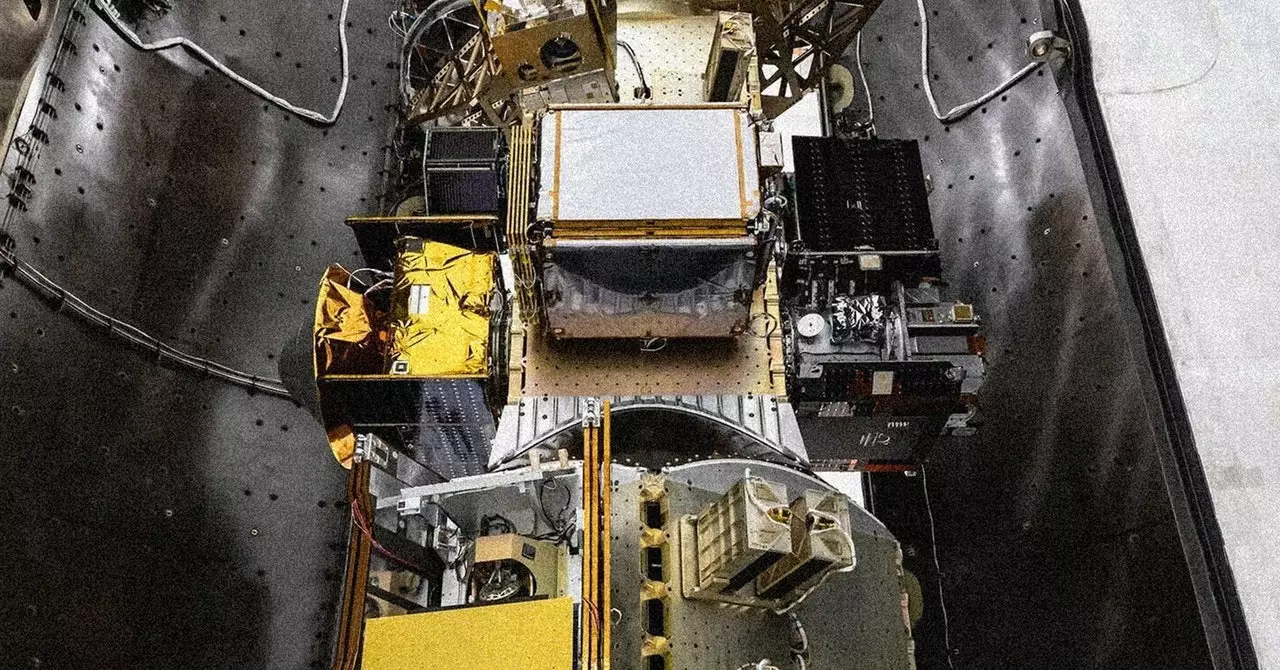Wildfires have become an alarming crisis, characterized by rapid escalation and devastating impacts. As disasters unfold, the window for effective intervention is often fleeting. Timothy Collins, an expert in emergency management, emphasizes the urgency for decision-makers to leverage technology in their response strategies. When every second matters, the way information is collected, analyzed, and disseminated can become the deciding factor in saving lives and preserving ecosystems. Without real-time data, firefighting efforts can become a race against an ever-advancing inferno, where confusion reigns and every moment counts.
Bridging the Gap with Technology
The introduction of advanced technologies such as satellites and artificial intelligence has sparked hopes for improved data collection and analysis in wildfire scenarios. Krystal Azelton, a senior director at the Secure World Foundation, highlights the potential benefits of integrating AI into environmental monitoring systems. Despite these advancements, she warns that a crucial aspect is ensuring that this data reaches the appropriate stakeholders who can act on it effectively. The disparity between innovative technology and its accessibility can create barriers that hinder timely action. For technology to truly make a difference, it must be seamlessly integrated into the firefighters’ workflow, allowing them to utilize the information promptly without being bogged down by complications.
The Fire Sat Initiative: Transforming Data into Action
The Fire Sat project aims to disrupt traditional firefighting techniques by making satellite tracking data more accessible for firefighting agencies. According to Nathan Van Arsdale, a key player in the initiative, the goal is to provide comprehensive situational awareness that empowers firefighters to act decisively. The metaphor of a “fog of war” captures the unpredictability of wildfires; often, responders do not have a clear picture of where and how they are spreading until it’s too late. Fire Sat proposes to illuminate that fog, offering unprecedented insights into wildfire dynamics that can assist agencies in their response efforts.
However, the capability to detect fire is only as effective as the response it catalyzes. Current systems, such as the AlertWildfire camera network, have demonstrated success in identifying fires promptly. Yet, a crucial question arises: does identifying a fire at its inception lead to a timely response? The reality is complex; while firefighters may receive alerts sooner, reaching the site of a blaze in time to suppress it involves numerous logistical challenges that technology alone cannot resolve.
The Value of Communication and Community Awareness
Though advanced detection systems introduce to firefighting a layer of incoming information, there’s an important differentiation between mere data and actionable insights. Climate scientist Daniel Swain argues that while this information does not resolve inherent challenges—such as mobilization delays—having precise data about fire locations can be instrumental in community safety. The swift dissemination of updates allows those in danger to prepare and evacuate, potentially saving lives. Improved communication channels are essential; understanding not just where a fire is, but also its trajectory and potential impact on populated areas can fortify community resilience.
Investment Trends and the Future of Wildfire Management
We are witnessing a notable surge in private sector investment directed toward innovative wildfire solutions. Numerous companies are increasingly eager to explore technologies intended to mitigate fire risks and enhance firefighting capabilities. While this trend has the potential to lead to breakthroughs in wildfire management, it also raises questions regarding profit motives and ethical responsibilities. The challenge lies in ensuring that profit-driven technological solutions sufficiently address the pressing need for sustainable and effective firefighting practices. As the urgency of addressing wildfires intensifies, the balance between business interests and the public good must be carefully maintained to ensure that technology serves not just profit, but the protection of lives and environments.
The integration of technology in wildfire response represents both an exciting opportunity and a complex challenge. With the potential for swift data analysis and improved situational awareness, we must remain vigilant that these advancements translate into tangible benefits for those on the front lines, enabling them to combat the flames that threaten our communities with renewed vigor and strategic insight. The future of firefighting may very well hinge on our ability to harness technology effectively, making it a reliable ally in the relentless battle against wildfires.


Leave a Reply